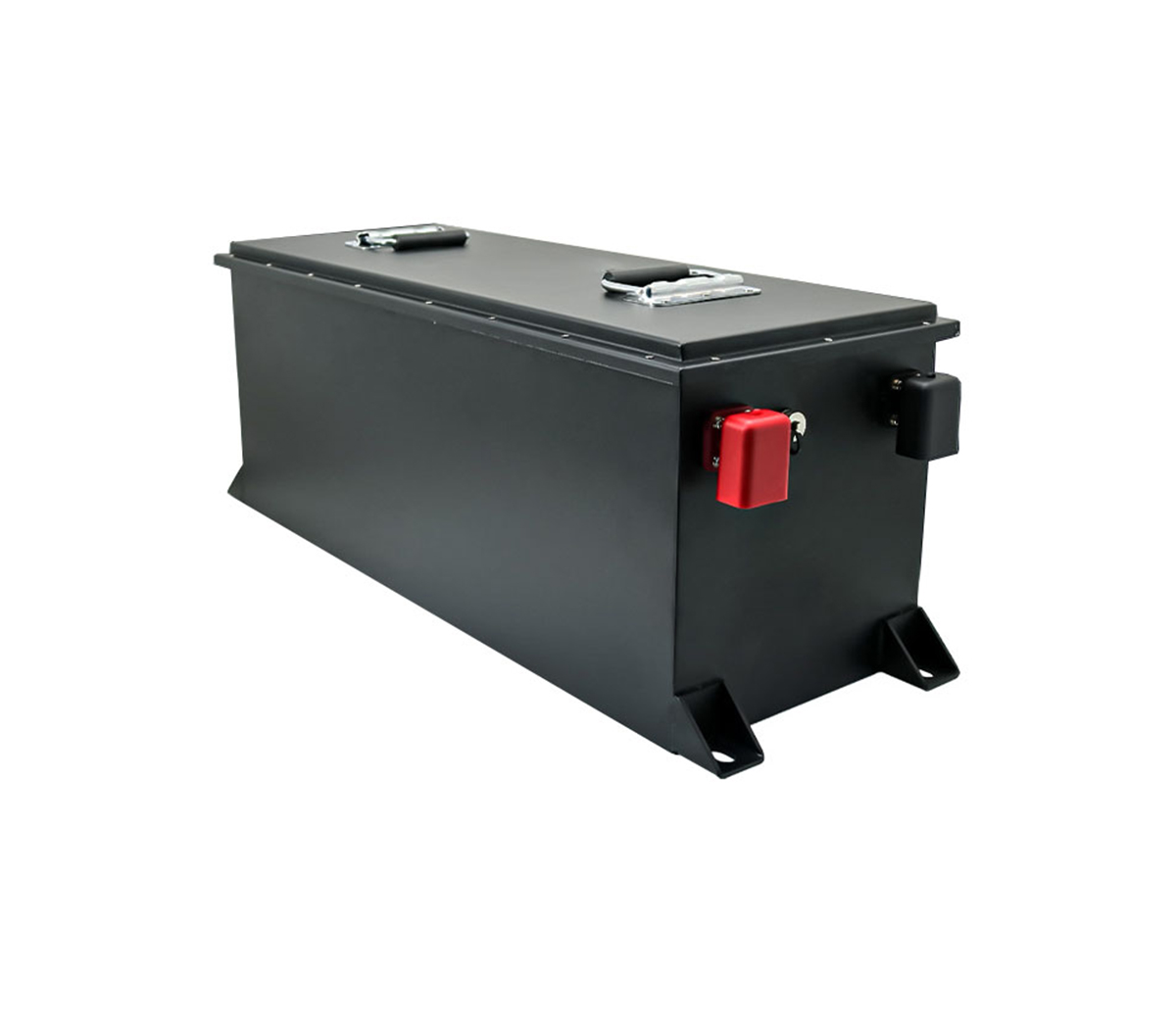
Large battery arrays can be used as a backup and continuous power storage
system, and this usage is getting more and more attention.
Large battery arrays can be used as a backup and continuous power supply
energy storage system. This usage is getting more and more attention. The home
and commercial Powerwall system launched by Tesla Motors not long ago proves
this. The batteries in this type of system are continuously charged by the grid
or other energy sources, and then supplied with alternating current (AC)
electricity to users through a DC/AC inverter.
The use of batteries as a backup power source is not new. There are already
many types of battery backup power systems, such as basic 120/240VAC and
short-term backup power systems for desktop PCs with hundreds of watts of power,
ships, hybrid vehicles or all-electric vehicles. The thousands of watts of
special vehicle and ship backup power system used, the telecommunications system
and the grid-level hundreds of kilowatts of backup power system used in data
centers (see Figure 1)... etc. Although the battery chemistry and the progress
of battery technology have attracted a lot of attention, for a feasible and
battery-based backup system, there is an equally critical part, that is, the
battery management system (BMS).
According to the battery backup power, it is very suitable for fixed and
mobile use from several kilowatts to hundreds of kW. It can provide reliable and
effective power supply for a variety of applications.
There are many challenges to complete the battery management system for
energy storage use, and its solution is by no means simply "extended" from the
management system of small, lower-capacity battery packs. Instead, new and more
complex strategies and key support components are needed.
The starting point of the challenge is to require high accuracy and
credibility in the measurement values of many key battery parameters. In
addition, the planning of the sub-system must be modular, so that the
configuration can be customized according to the specific needs of the use, and
possible expansion requirements, overall management issues and necessary
maintenance must also be considered.
The working environment of larger storage arrays also brings other major
challenges. When the inverter voltage is very high/current is very high and the
current spikes are generated as a result, the BMS must also provide accurate and
common data in a noisy electrical environment and often a high temperature
environment. In addition, BMS must also provide a wide range of "fine" data for
internal module and system temperature measurement values, rather than a limited
number of rough total data, because these data are essential for charging,
monitoring and discharging.
Because of the important role of these power systems, their working
reliability is inherently critical. To make this easily stated goal a reality,
BMS must ensure the accuracy and completeness of the data and continuous health
assessment, so that BMS can continue to take the required actions. Completing
solid planning and reliable safety is a multi-level process. The BMS must
perform self-testing and provide fault detection for all the expected problems
of the sub-system, and then select appropriate actions in the standby mode and
working mode. The last requirement is that because of high voltage, high current
and high power, BMS must meet many strict regulatory standards.
System planning transforms concepts into real-world results
Although the concept of supervising rechargeable batteries is very simple,
just place the voltage and current measuring circuits at the battery terminals,
but the actual BMS is very different and much more complicated.
Robust planning starts with the overall supervision of each battery, which
puts forward some important requirements for the function of the imitating
circuit. The battery reading needs to reach the accuracy of millivolt and
milliampere, and the voltage and current measurement values must be
synchronized at all times to calculate the power. BMS must evaluate the validity
of each measurement, because it needs to maximize data integrity, while BMS must
also identify erroneous or problematic readings. BMS cannot ignore unusual
readings, because such readings may indicate potential problems, but at the same
time, BMS cannot take action based on erroneous data.



































